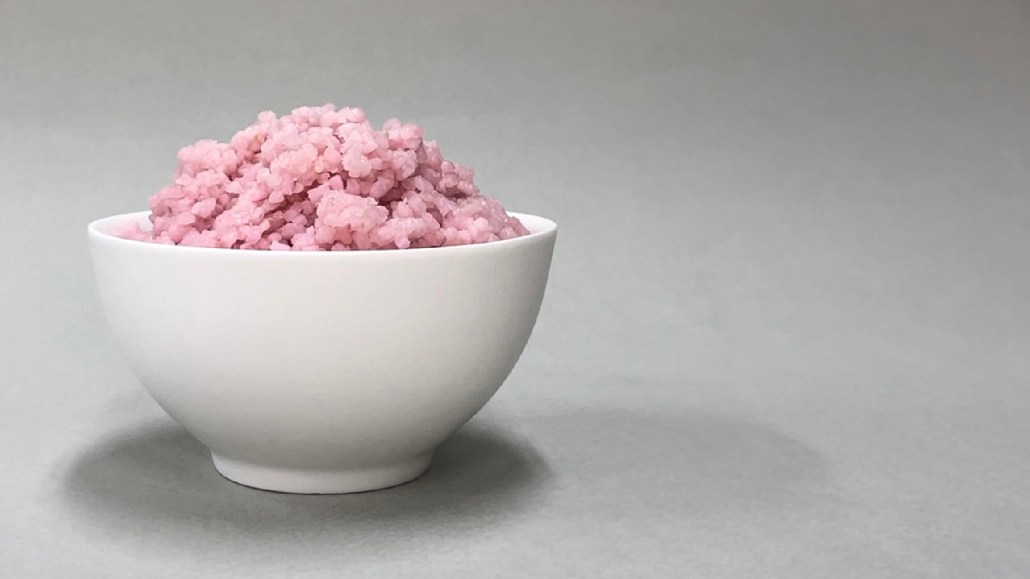Could a rice-meat hybrid be what’s for dinner?
A new take on lab-grown meat infuses cow cells into rice grains

It may look like a bowl of chopped brains, but this pinkish product is actually a rice-meat hybrid.
Yonsei University
A new take on lab-grown meat infuses cow cells into rice grains

It may look like a bowl of chopped brains, but this pinkish product is actually a rice-meat hybrid.
Yonsei University